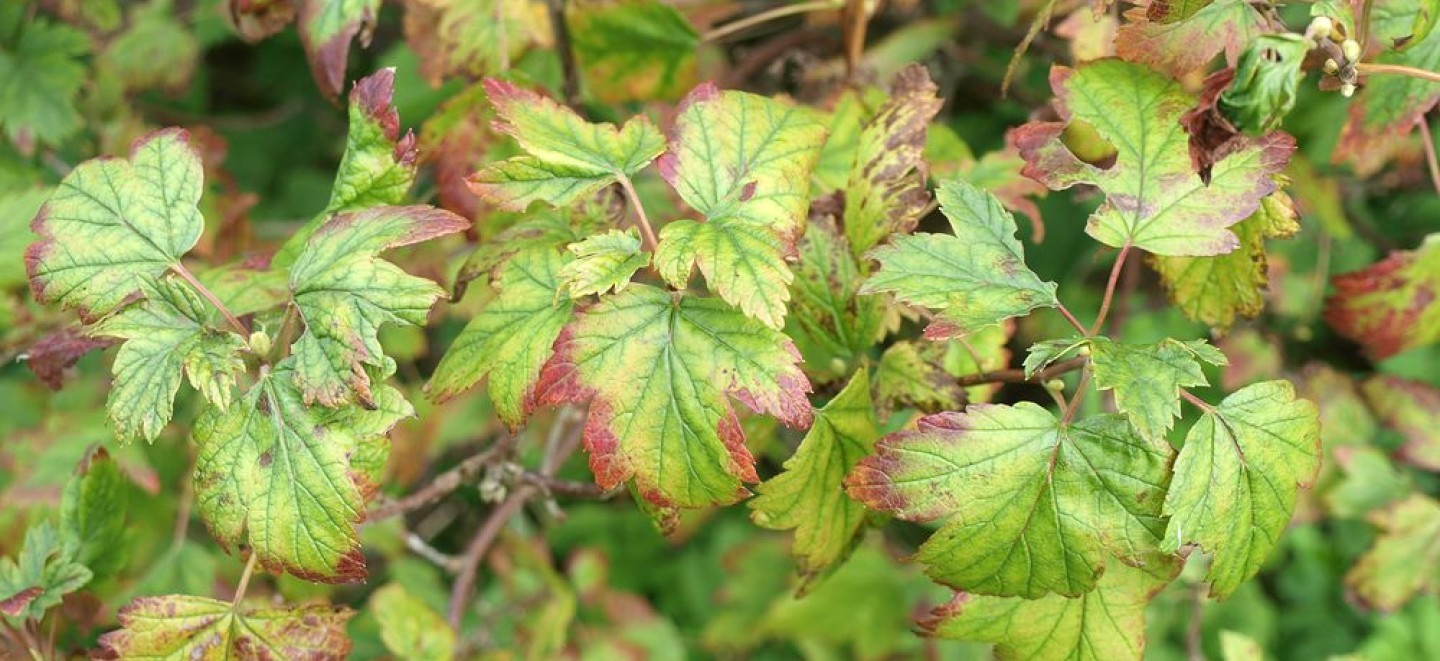
IRON DEFICIENCY IN PLANTS
What Is Iron Deficiency?
Iron deficiency occurs when plants are unable to absorb sufficient iron, leading to various developmental problems. Iron is crucial for chlorophyll synthesis, so its deficiency is often manifested as leaf yellowing (chlorosis). Young leaves are particularly prone to yellowing because iron is immobile within the plant, meaning its transport is limited.
Symptoms of Iron Deficiency
🔹 Chlorosis: Young leaves turn yellow while veins remain green.
🔹 Stunted Growth: Plants may grow slower than normal.
🔹 Reduced Yield: Crop and flowering yields may decrease.

Iron deficiency is often associated with the following factors:
Soil pH Level: In highly acidic or alkaline soils, iron uptake becomes difficult.
Soil Type: Sandy and highly permeable soils tend to lose iron more rapidly.
Irrigation Practices: Overwatering or drought conditions can negatively impact iron absorption.
Causes of Iron Deficiency
🟢 Soil pH Level: If the soil pH is above 7.0 (alkaline soil), iron uptake becomes challenging.
🟢 Soil Type: Sandy and well-drained soils are more prone to losing nutrients like iron.
🟢 Water Stress: Excessive drought or overwatering can affect the plant's ability to absorb nutrients.
🟢 Diseases and Pests: Some plant diseases and pests can hinder nutrient uptake.
Correcting Iron Deficiency
Iron deficiency can be addressed through both soil and foliar applications:
✔ Iron Sulfate (FeSO₄): One of the most common iron sources, applied to soil or as a foliar spray.
✔ Iron Chelates: EDTA and DTPA-stabilized iron are particularly effective in high-pH soils and are more readily absorbed by plants.
✔ Acidifying Fertilizers: Sulfur or organic fertilizers can help lower soil pH.
✔ Compost and Organic Matter: Increasing organic matter in the soil can enhance iron absorption by plant roots.
✔ Iron Solutions: Spraying iron-containing solutions directly onto leaves provides a quick response to deficiencies.
✔ Proper Irrigation: Avoiding overwatering and managing irrigation practices correctly is essential.
✔ Pest Control: Implementing appropriate pest and disease management strategies helps improve nutrient uptake.
Combining Iron Fertilizers with Other Fertilizers When using iron fertilizers, it is important to consider interactions with other nutrients.
✔ Iron Chelates (EDTA, DTPA): These forms are more effective in high-pH soils, improving iron absorption by plants.
✔ Compatible Fertilizer Combinations: Elements like zinc and manganese can impact iron uptake, so a balanced application is necessary.
✔ Simultaneous Application: The combined use of iron fertilizers with nitrogen, phosphorus, and potassium should be carefully planned. For instance, high nitrogen applications can reduce iron absorption.
✔ Seasonal Application: Iron fertilizers should be applied during early growth stages for optimal benefits.
✔ Soil testing helps determine nutrient availability and pH levels, allowing for precise fertilizer applications.
✔ Foliar Application: Applying iron fertilizers through foliar sprays provides quick effects and prevents negative interactions with other nutrients.
✔ Separate Applications: Staggering fertilizer applications can reduce potential nutrient interactions. For example, iron application should be scheduled at least a week apart from other fertilizers.
✔ Chemical Interactions: Some fertilizers contain nitrate or ammonium, which can influence iron uptake. Choosing the right formulations is crucial.
✔ Each plant species has different iron requirements, so fertilization programs should be tailored accordingly.
Conclusion
Iron deficiency is a common agricultural issue, but it can be easily prevented with proper analysis and applications. Regular soil testing and observation aid in the early detection of deficiencies. Maintaining a healthy soil structure and ensuring balanced nutrition are the most effective ways to prevent iron deficiency.
Regular care and appropriate nutrient supplementation are essential for healthy plants! 🌱
